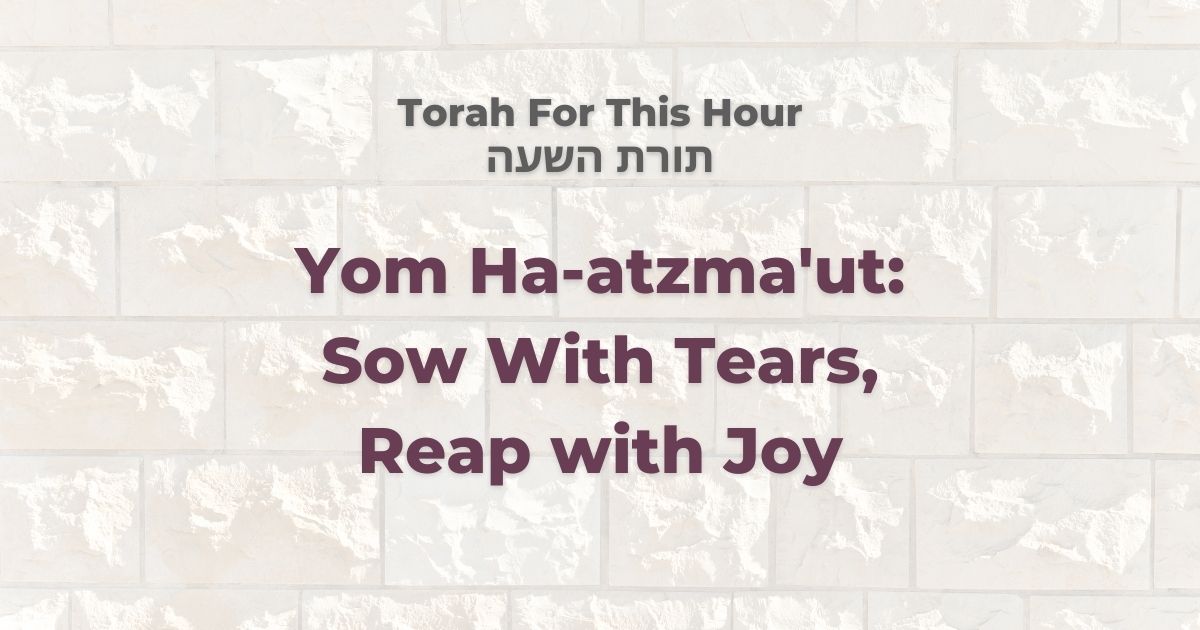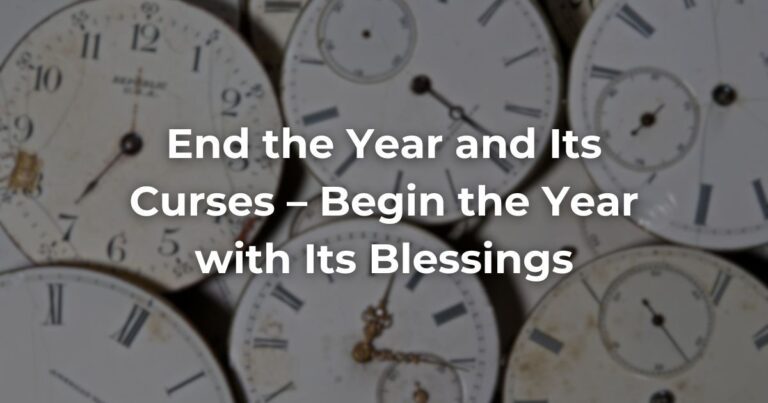May 9, 2024 / Rosh Hodesh Iyyar 5784
They who sow with tears will reap with songs of joy.” (Ps. 126:5)
Somehow that statement lacks of full comprehension of the depth of the pain. Sometimes sorrow simply colors everything, to the point that there is no joy in the outcome. In the Babylonian TalmudReferring to one of two collections, the Jerusalem and Babylonian Talmuds, edited in the 6th century, that contains hundreds of years of commentary, discussion, and exploration of the ideas in the Mishnah. One could describe it as Mishnah + Gemara = Talmud Read more, Tractate Ta‘anit, the Rabbis explained the verse as referring to the miraculous ripening of the crop, a moment before the seasons change, when it already appears that all is lost for the harvest. It is the potential for loss that reminds us to rejoice.
On the day before Israel’s Declaration of Independence was issued, on the 4th of Iyyar in 5708 (May 13, 1948), the Etziyon Bloc fell after fierce battles. The loss was tremendous—numerically, strategically, and symbolically. The State of Israel came into being after half a year of warfare, which only intensified afterward the declaration. The joy at attaining a two-thousand-year-old dream was squeezed between misery and loss, the harvest workers’ song in response to that miracle.
Yom Ha-Atzma’ut in 2024, as in 1948, is a time of rejoicing and weeping. Just as then, today, too, we have much work ahead of us. And like those weeping celebrants, we too will grapple—and succeed.
You can also read this in:
TorahRefers to the first five books of the Hebrew Bible, the Tanakh, also called the Five Books of Moses, Pentateuch or the Hebrew equivalent, Humash. This is also called the Written Torah. The term may also refer to teachings that expound on Jewish tradition. Read more for This Hour is a project of the Israel Region of the International Rabbinical Assembly.






